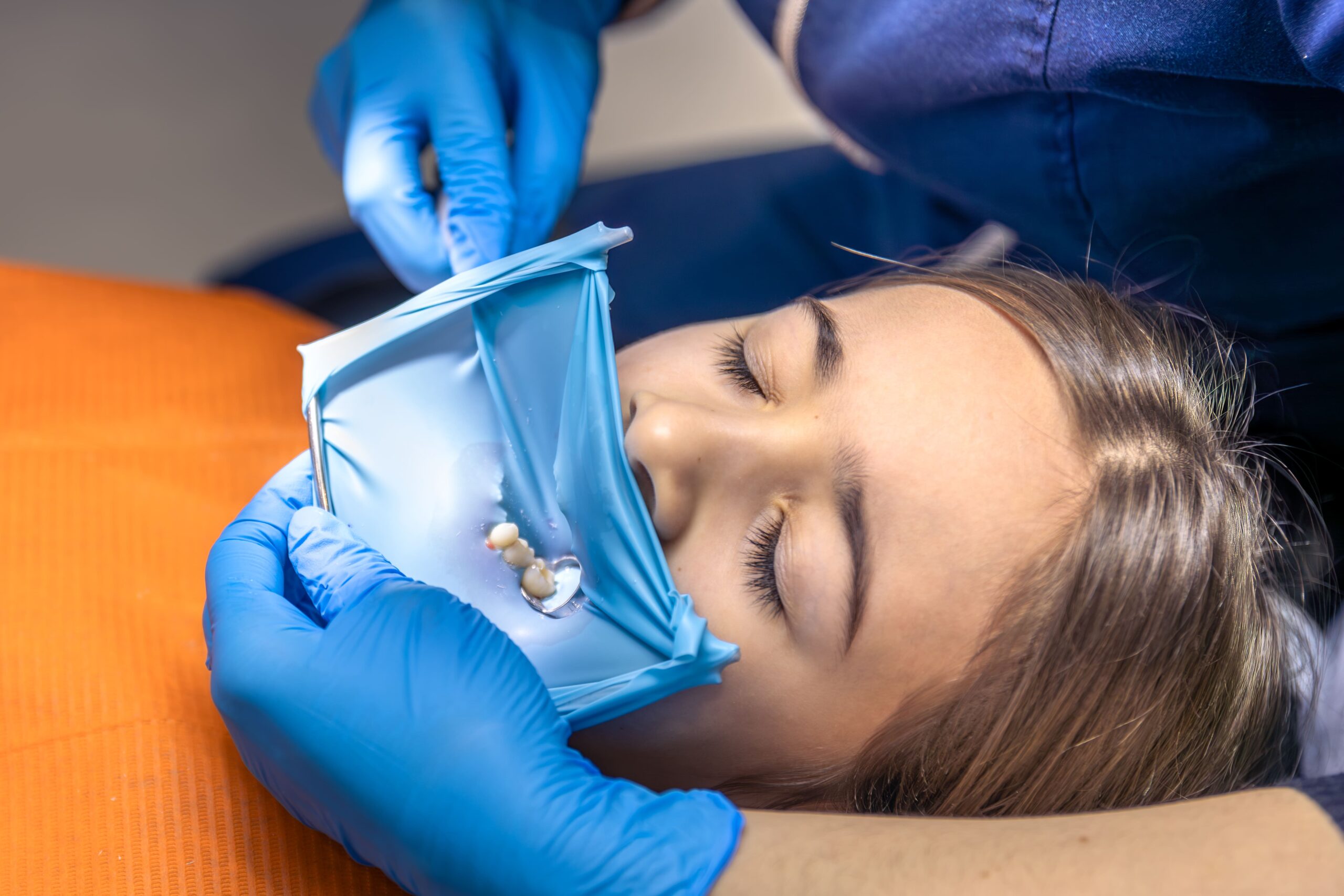Introduction
Orthognathic surgery—also called corrective jaw surgery—addresses structural problems of the upper and/or lower jaw. It’s aimed at improving function (chewing, speaking, breathing), reducing chronic pain, and restoring facial symmetry. While some patients seek it for cosmetic improvement, many pursue it to resolve long-standing functional issues that braces or conservative treatments alone can’t fix.
What Is Orthognathic Surgery?
This surgical specialty focuses on repositioning the jawbones to correct misalignment between the upper and lower jaws. The procedure is planned carefully with orthodontists and oral-maxillofacial surgeons to ensure both functional and aesthetic outcomes. Surgical techniques vary depending on the problem and can include adjustments to the upper jaw (maxilla), lower jaw (mandible), or both.
Common Reasons Patients Choose Corrective Jaw Surgery
- Severe bite problems (underbite, overbite, crossbite, open bite) that cannot be fixed with braces alone.
- Facial asymmetry that affects appearance or jaw function.
- Chronic TMJ pain or dysfunction not relieved by conservative therapies.
- Difficulty chewing, swallowing, or speaking due to jaw position.
- Obstructive sleep apnea linked to jaw structure that contributes to airway collapse.
Benefits: Beyond Aesthetics
While improved facial appearance is often an outcome, the major benefits of orthognathic surgery are functional:
- Better chewing and bite alignment — reduces wear on teeth and improves nutrition.
- Relief from jaw pain — can reduce TMJ symptoms and chronic discomfort.
- Improved breathing — in select patients, surgery expands the airway and reduces sleep apnea symptoms.
- Enhanced speech — corrects jaw positions that interfere with articulation.
- Long-term stability — properly aligned jaws reduce future dental problems and restore balance to the facial skeleton.
Risks and Safety Considerations
Like any major surgery, orthognathic procedures carry risks. Advances in imaging, surgical guides, and anesthetic techniques have improved safety and predictability, but patients should be aware of potential complications:
- Infection or bleeding
- Nerve changes or temporary numbness in the lips or chin
- Relapse of jaw position (rare with proper planning)
- Issues with bone healing
- Need for follow-up surgery or orthodontic adjustments
Thorough preoperative evaluation, 3D planning, and strict post-op care greatly reduce these risks. A multidisciplinary team—surgeon, orthodontist, anesthesiologist, and hygienist—helps ensure the best outcome.
What the Procedure and Recovery Look Like
During the Surgery
Procedures are performed under general anesthesia. Surgery usually takes several hours depending on complexity. Bones are repositioned and secured with plates and screws that are biocompatible and commonly left in place.
After Surgery
– Initial recovery includes swelling and controlled discomfort; pain is typically managed with prescribed medication.
– Soft or liquid diet is common for several weeks; specific dietary guidelines depend on the operation.
– Return to desk work is often possible within 1–2 weeks; full bone healing and final orthodontic adjustments can take several months.
Pain Management & Follow-up
Most patients report manageable pain levels after the first few days. Regular follow-ups allow the clinical team to monitor healing, remove sutures as needed, and complete any orthodontic finishing.
Who Is a Good Candidate?
Ideal candidates meet one or more of the following criteria:
- Severe jaw misalignment not correctable with braces alone
- Chronic TMJ symptoms unresponsive to nonsurgical care
- Airway problems related to jaw anatomy
- Patients in good general health prepared to follow pre- and post-op instructions
A thorough consultation with imaging (X-rays, CT or CBCT), dental records, and clinical exams determines candidacy and develops a personalized plan.
Tips to Improve Outcomes
- Quit smoking well before surgery to improve healing and reduce infection risk.
- Follow the surgeon’s and orthodontist’s mouthcare and diet instructions carefully.
- Attend all scheduled follow-ups—early detection of issues prevents complications.
- Address teeth grinding (bruxism) with a night guard if recommended.
- Maintain good nutrition and hydration to support recovery.
Frequently Asked Questions (FAQs)
Is orthognathic surgery very painful?
Most patients experience manageable discomfort that is controlled with medication. The anesthesia prevents pain during the operation; post-op protocols focus on comfort and healing.
How long until I see the final result?
Initial improvements are visible soon after swelling decreases, but final jaw stability and orthodontic finishing may take several months to a year depending on the case.
Will plates and screws remain in my jaw?
In most cases, yes—these are typically titanium and remain without issue. Rarely, hardware may be removed if it causes symptoms.
Can orthognathic surgery help sleep apnea?
For many patients whose airway is restricted due to jaw position, surgery can significantly improve breathing and reduce sleep apnea severity. This depends on individual anatomy and should be evaluated by the clinical team.
Conclusion
Orthognathic surgery is a powerful option when jaw structure causes functional problems or impacts quality of life. With modern planning tools and experienced surgical teams, it offers predictable improvements in chewing, breathing, pain relief, and facial balance. If you struggle with severe bite issues, chronic TMJ pain, or breathing problems related to jaw anatomy, schedule a comprehensive consultation to explore whether corrective jaw surgery is right for you.





